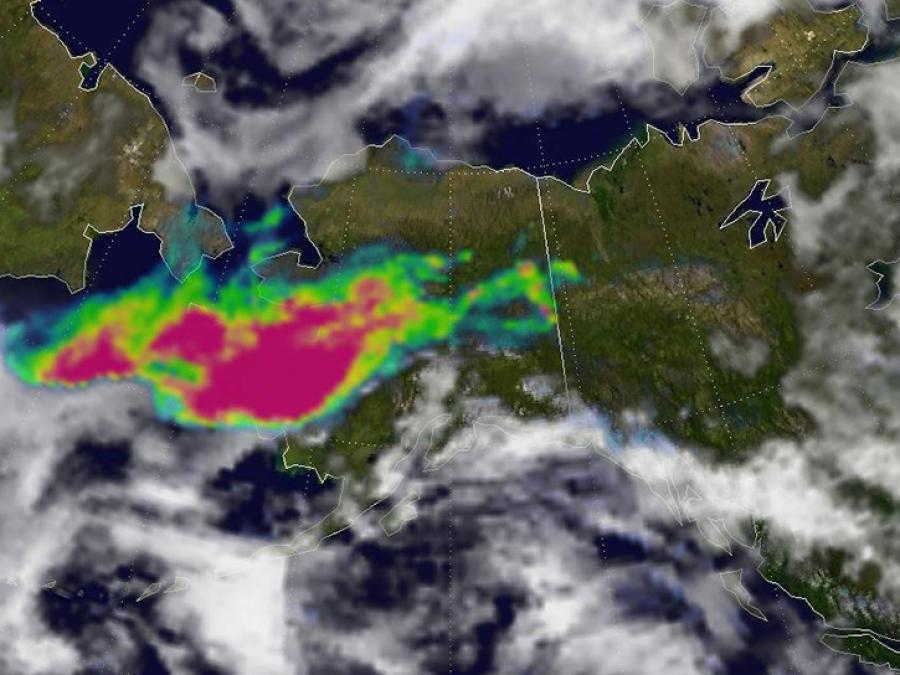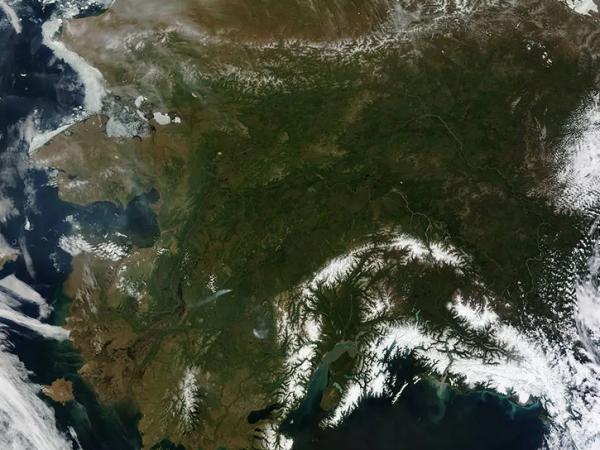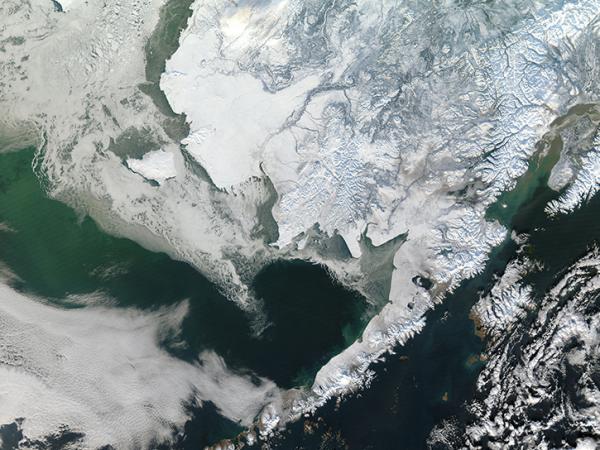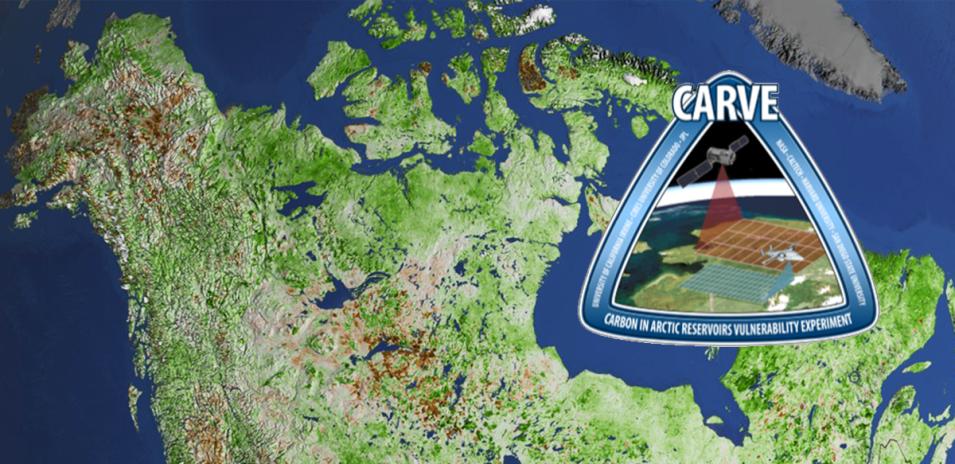| Study Dates | May 23, 2012 - Nov. 12, 2015 |
|---|---|
| Season of Study | Boreal fall, boreal spring, boreal summer |
| Region | Alaska |
| Spatial Bounds | N: 72°N S: 58°N W: 168°W E: 131°W |
| Focus Areas | Atmospheric Composition Carbon Cycle and Ecosystems Climate Variability and Change |
| Geophysical Concepts | Air Quality Atmospheric Chemicals and Trace Gases Ecosystems/Biogeochemical Interactions Carbon Storage and Processes Ice and Glacial Properties and Processes Precipitation Upper Atmospheric Chemistry |
| Scientific Topics | Carbon Cycle Carbon Fluxes Carbon Dioxide Carbon Monoxide Methane Climate Change Greenhouse Gases Arctic Warming Carbon-Climate Feedbacks Precipitation |



CARVE
The Carbon in Arctic Reservoirs Vulnerability Experiment (CARVE) was a NASA Earth Venture Suborbital-1 mission. From 2011 to 2015, CARVE collected airborne measurements of atmospheric carbon dioxide, methane, and carbon monoxide and relevant land surface parameters in the Alaskan Arctic. Continuous ground-based measurements provide temporal and regional context as well as calibration for CARVE airborne measurements. CARVE provides an integrated set of greenhouse gas data that provide insights into Arctic carbon cycling.
Principal Investigator
Partners
Data Centers
Funding Programs
| Platform | Instrument(s) |
|---|---|
Campaign Field Site | Programmable Flask Package Whole Air Sampler (PFP) LI-COR Gas Analyzer (LI-COR Gas Analyzer) Picarro Gas Analyzer |
Short Brothers C-23 Sherpa | Programmable Flask Package Whole Air Sampler (PFP) Forward Looking InfraRed Imaging Camera (FLIR) Video camera Fourier Transformation Spectrometer (FTS) Picarro Gas Analyzer Passive Active L-and-S-band Sensor (PALS) Digital Camera |
The following resources provide additional information about the CARVE campaign.
